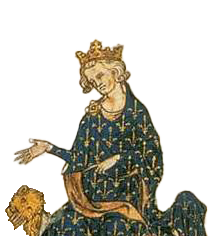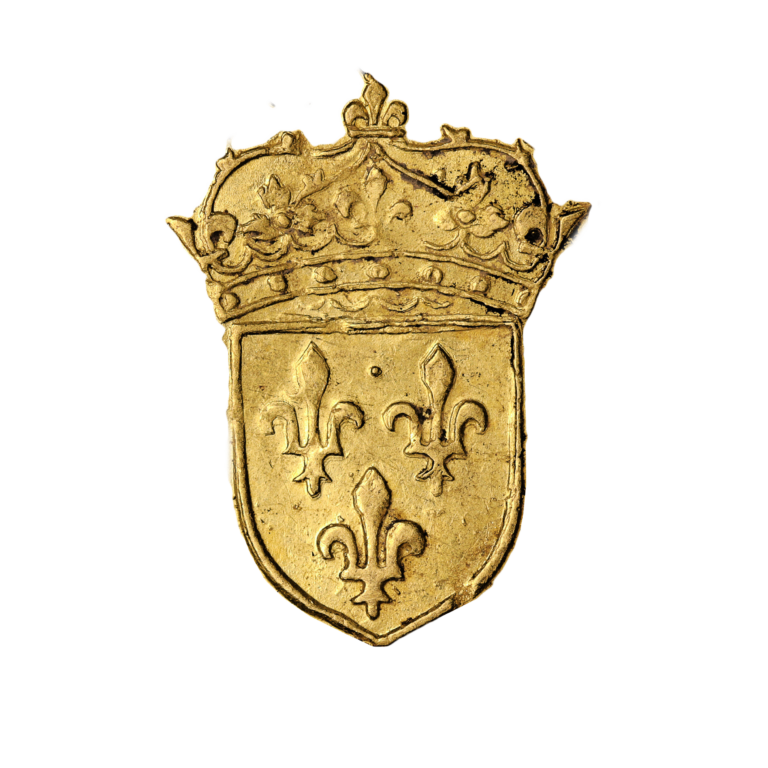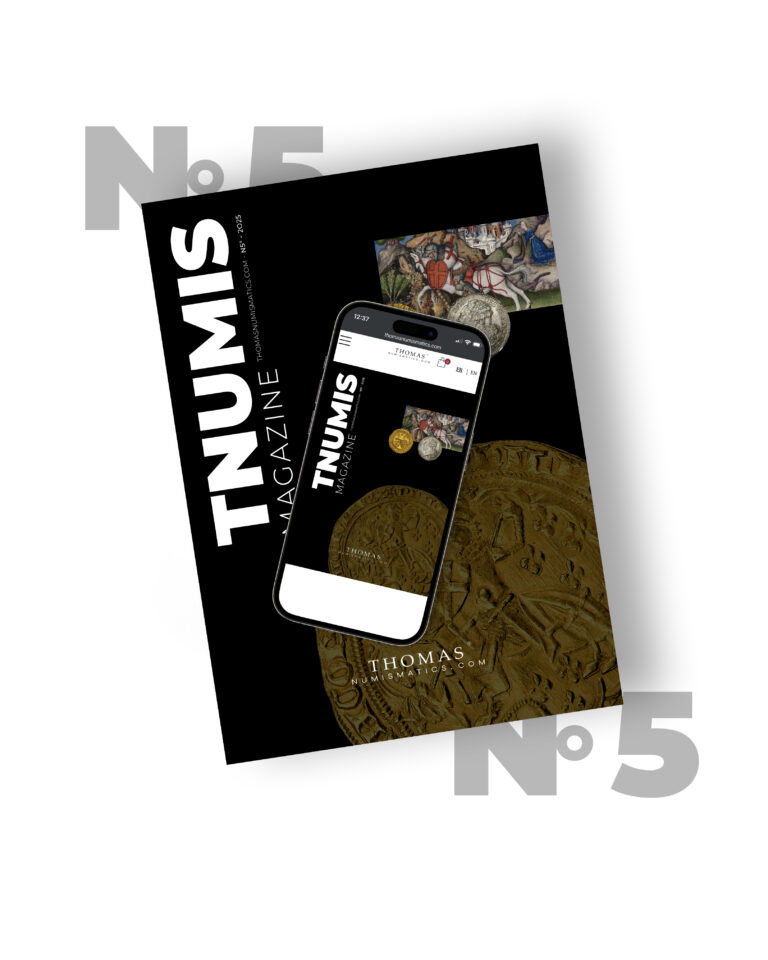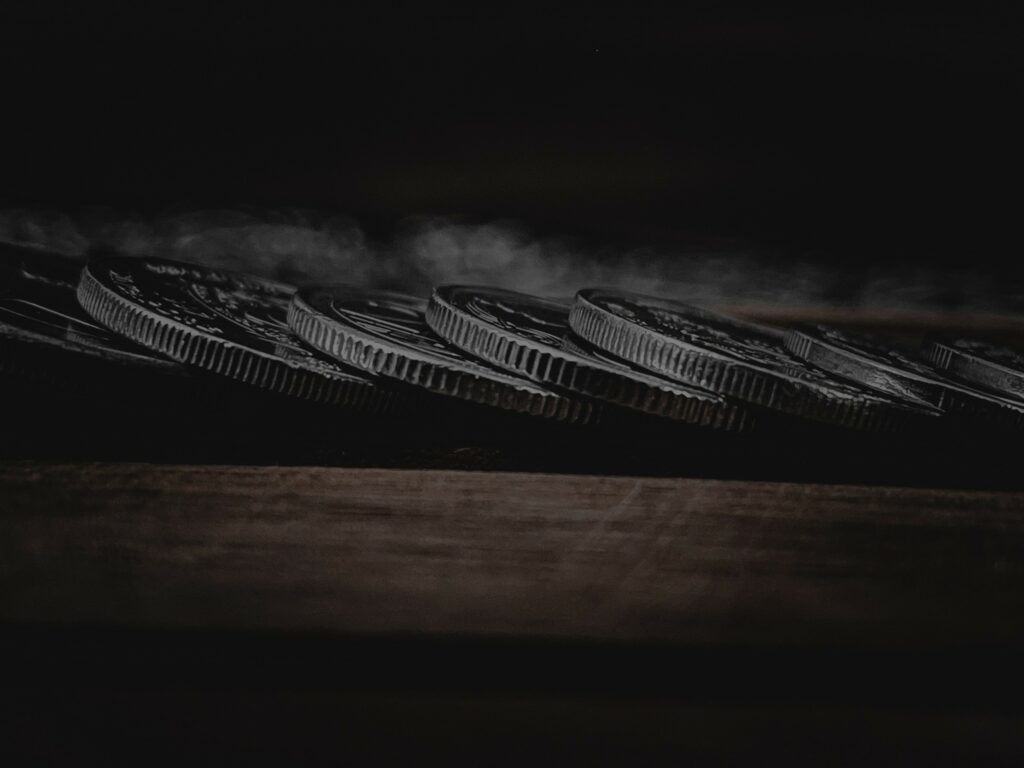
Discover all the news and articles from TNUMIS Magazine exclusively
5 numismatic anecdotes
Each coin carries with it a history, a cultural heritage and well-kept secrets. In this article, we invite you to immerse yourself in a world of coins and knowledge, both surprising and edifying. Let’s dive into this fascinating universe through 5 numismatic anecdotes.
1. Barley grain, the first currency
Surprising as it may seem, the world’s first currency was a barley grain. It was used in 3,000 BC, in the cradle of civilization, Mesopotamia (now Iraq).
In those days, grain was chosen as currency in its most common sense. Associated with a palpable value, it was transformed into a tool to facilitate payment and purchase. It also had an advantage, not the least of which was that it could be consumed in hard times!
A worker’s salary was around 60 silas of barley, or about 60 liters. The grain was used to buy foodstuffs such as oils, or animals such as goats.
The currency soon reached its limits, as transport and storage became problematic.
2. Rich as Croesus
Are you familiar with the expression “rich as Croesus”, which refers to someone who is inordinately wealthy? Do you know where it comes from and who Croesus was?
The form of money we know today, the coin, appeared much later than the barley grain monetary system. Historians are not unanimous on the period of its creation, but some agree that it was born at the beginning of the VIIe century B.C., in Lydia, present-day Turkey.
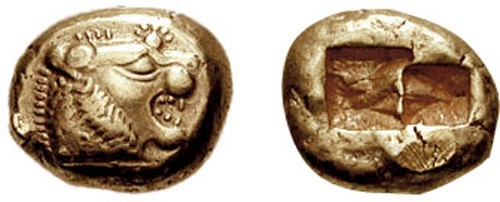
These were the first minted and signed coins in the Western world. Croesus, King of Lydia from 561 to 547 B.C., favored the use of these ancient coins, which were logically called “creseids”. The coins were made from electrum, an alloy of gold and silver found naturally in the form of nuggets in the River Pactolus. Croesus was a prosperous king, reigning over the fertile region where this famous river flowed, watering Sardis and teeming with gold.
3. The strongest currency
The United Nations counts 180 legal tender currencies worldwide. But which is the most powerful?
Let’s head for East Asia, and more specifically the Middle East! Kuwait is the world’s strongest currency. Initially, the Kuwaiti dinar was equivalent to one pound sterling when it arrived on the market in 1960, but it has since appreciated in value. Today, it takes around 3 euros to convert 1 Kuwaiti dinar.
The wealth generated by their oil industry makes the currency of the small country located between Iraq and Saudi Arabia highly coveted. The KWD is therefore the world’s highest unit of currency.
4. Hyperinflation and large-denomination notes
Crises and periods of hyperinflation are painful moments in a country’s history and economy. They also generate rare banknotes of dazzling utility, which hold a special place in world monetary history.
Between 1920 and 1924, Germany experienced a period of hyperinflation that left a lasting mark on the country’s memory. In 1923, a loaf of bread cost 3 billion marks!
Inflation galloped and the evolution of German banknotes was dizzying. Dozens of different banknotes were printed. In July 1922, a dollar was worth 420 marks; a year later, a dollar was worth over 1 billion marks!
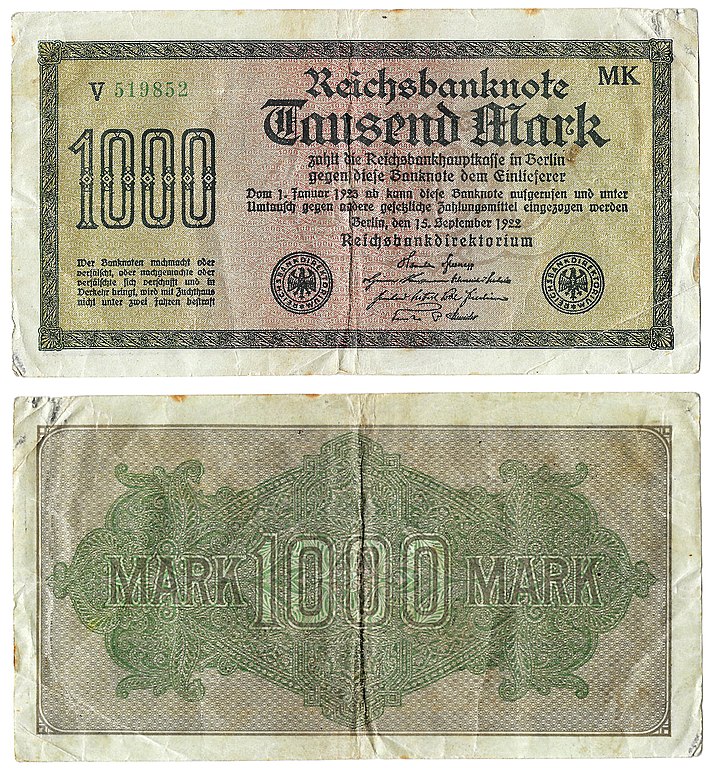
Yugoslavia also suffered one of the five worst inflations in history in the 1990s, under the presidency of Slobodan Milošević. Rampant inflation prompted the government to take various measures, including the creation of a new Yugoslav dinar worth one million old dinars.
Hyperinflations therefore contribute considerably to the complexity of numismatics.
5. Switzerland’s monetary records
The small country can boast two Guinness World currency records. Switzerland not only produces the world’s oldest currency still in circulation, but also the smallest.
The Swiss 10-centime coin has been in use since 1853, the year of its creation. This makes it the oldest legal tender. Five years after the introduction of the Swiss Federal Constitution, the first Swiss coins were minted at the Federal Mint in Berne.
For 26 years, the coin’s obverse featured a shield decorated with a Swiss cross and oak leaves, with the inscription HELVETIA. In 1879, Karl Schwenzer designed the new motif: a female head in profile with a diadem, completed with the inscriptions LIBERTAS and CONFOEDERATIO HELVETICA.
What seems incredible from a numismatic point of view is that an 1879 10 centime coin can potentially still circulate and will have the same value as a 2023 coin.
The second Swiss record is that of the world’s smallest commemorative gold coin, minted in 2020, in 999 copies. Swissmint, the state-owned company responsible for minting Swiss currency, produced this tiny ¼ franc gold coin with a diameter of 2.96 millimeters. It weighs 0.063 g.
The obverse features the year and the head of Albert Einstein sticking out his tongue, with the signature of engraver Remo Mascherini. The reverse bears the face value of ¼ franc, the Swiss cross, the inscription HELVETIA, the letter B (for the Bern mint) and its gold content. Given its diameter, the coin is sold in a case fitted with a magnifying glass and lighting system, making it easier to distinguish the details.
Numismatics offers much more than just coins and banknotes. Each one has a story, a context and often mysteries waiting to be discovered by enthusiasts. These five anecdotes are just the tip of the iceberg, revealing the richness and diversity of this fascinating field.
Sources :
Meritis
La revue l’éléphant
Cmcmarkets
Misterios numismaticos
Coin Update.com
